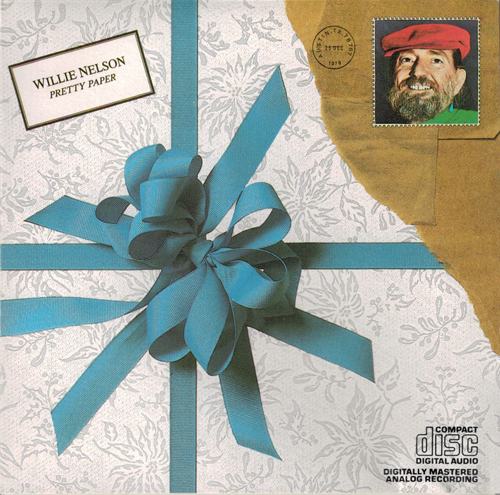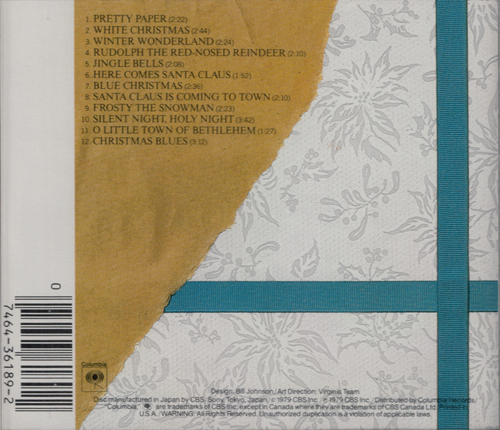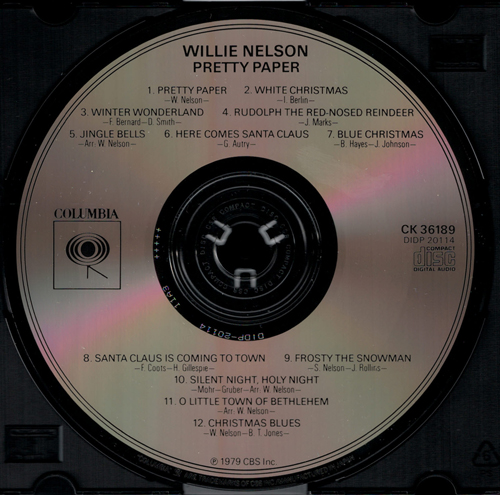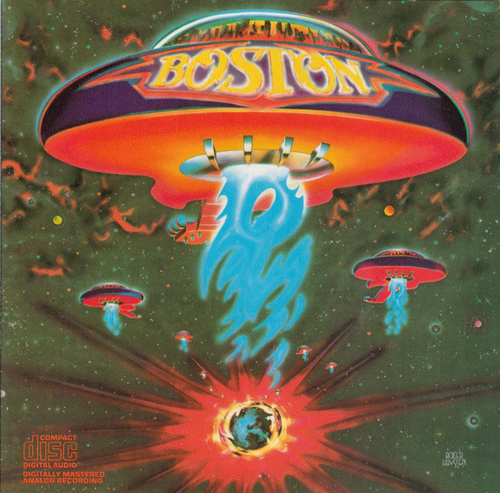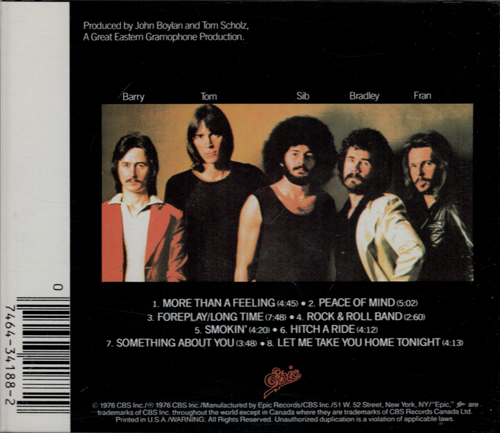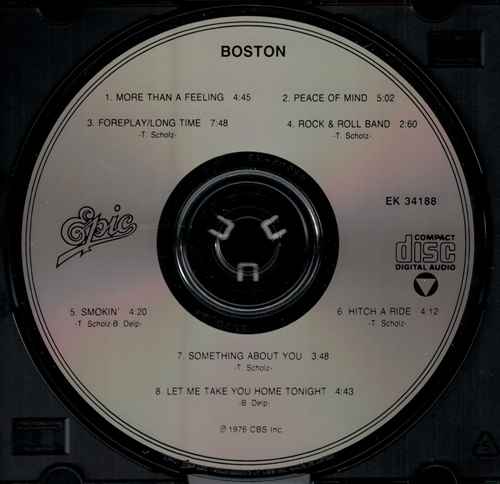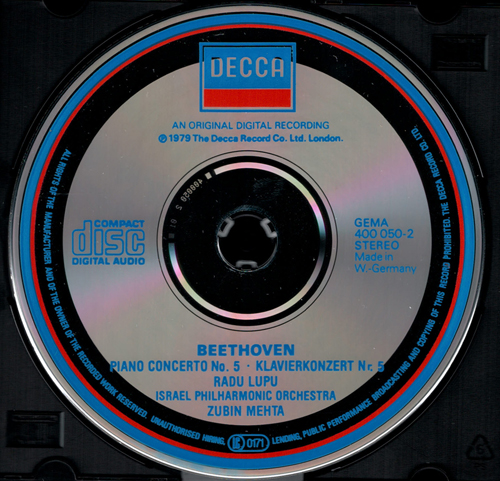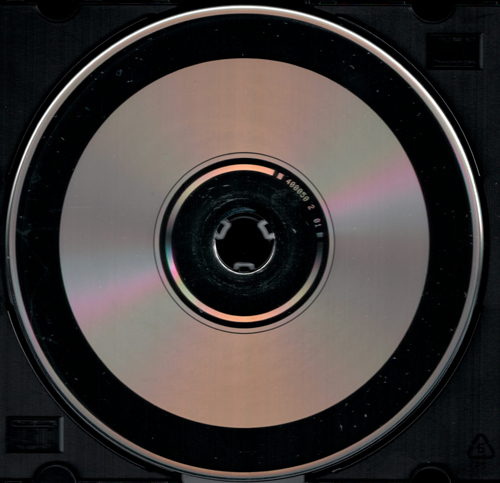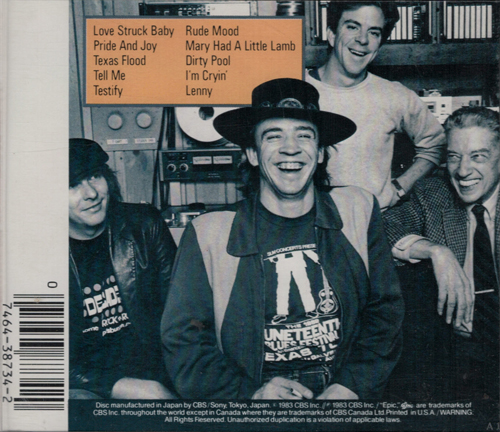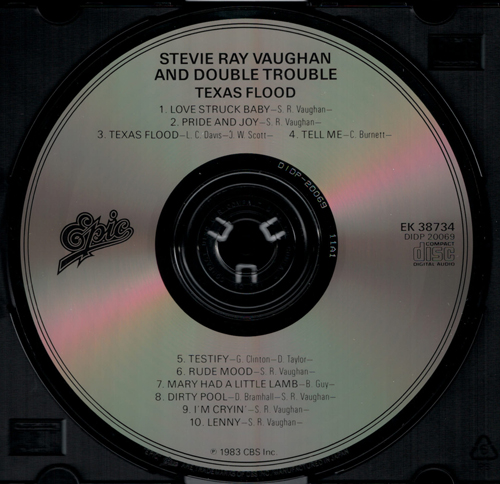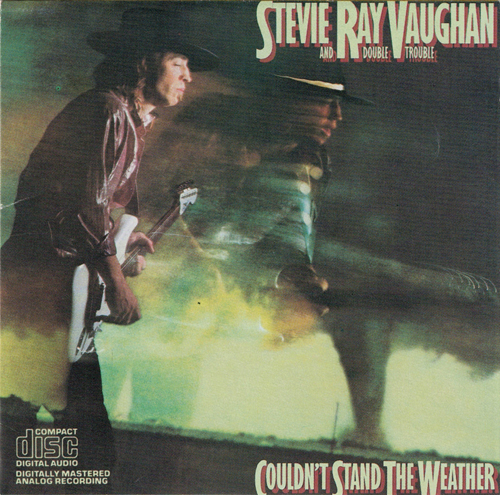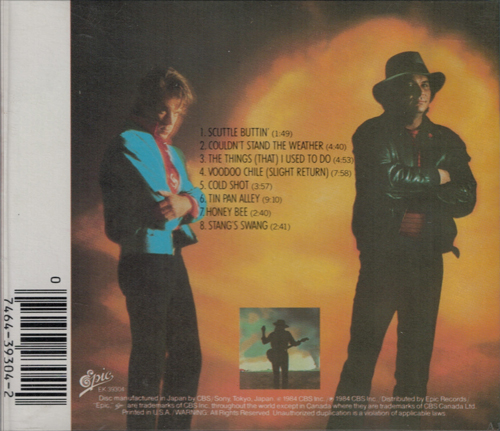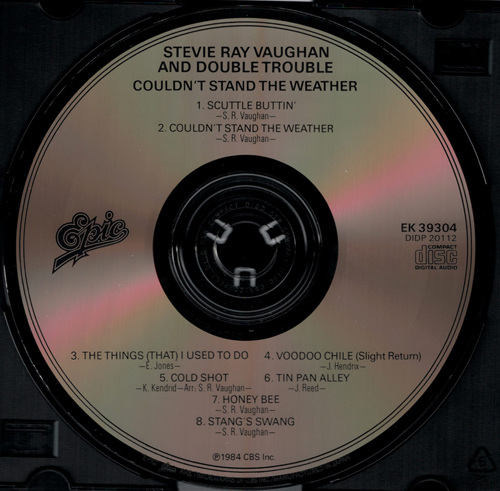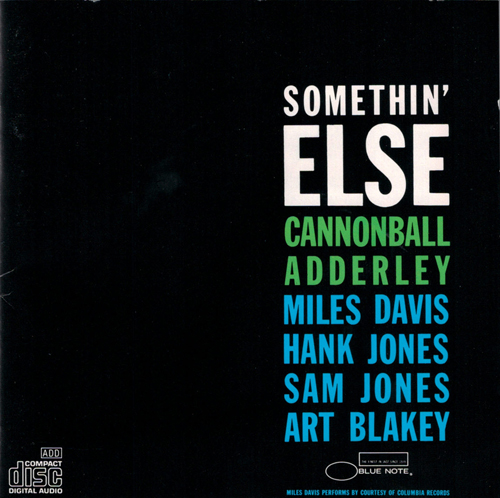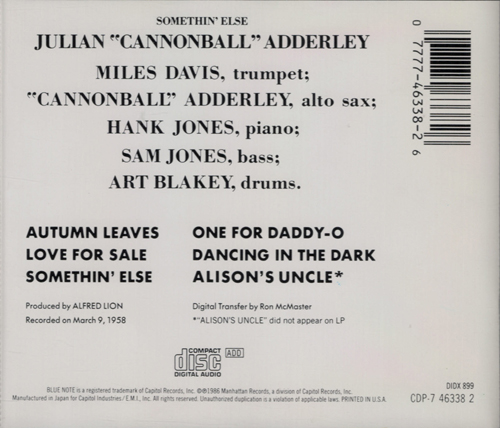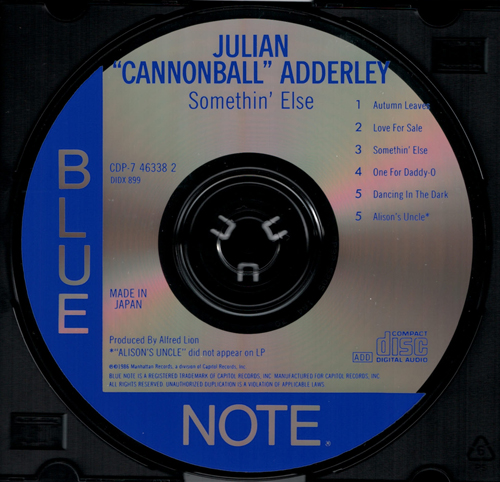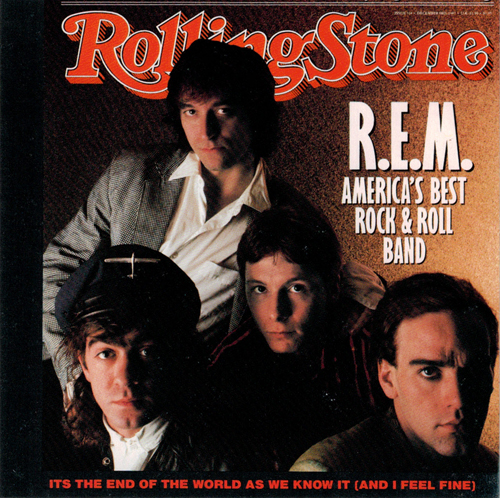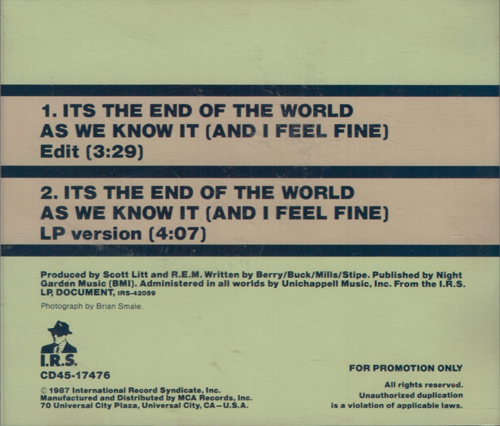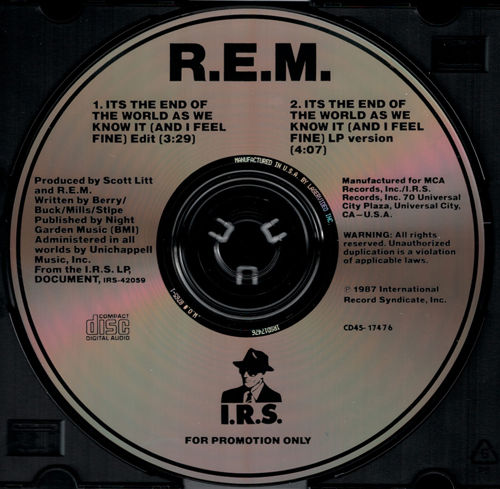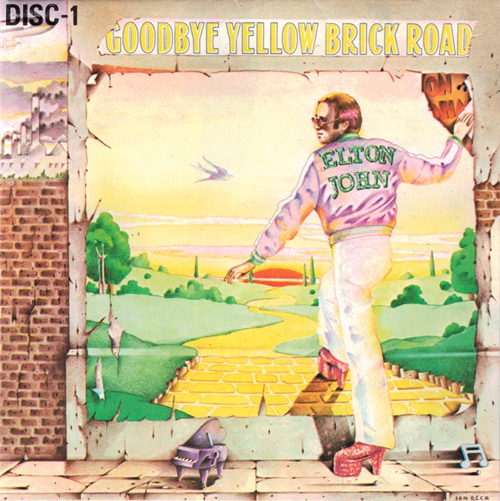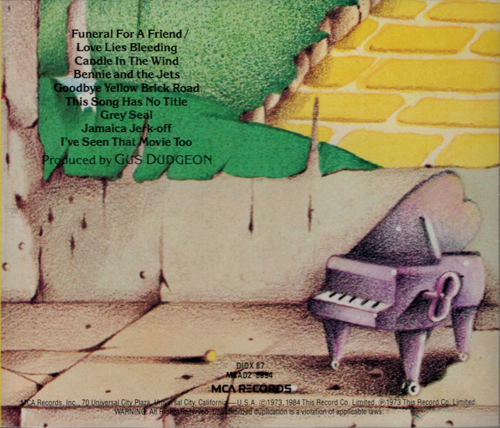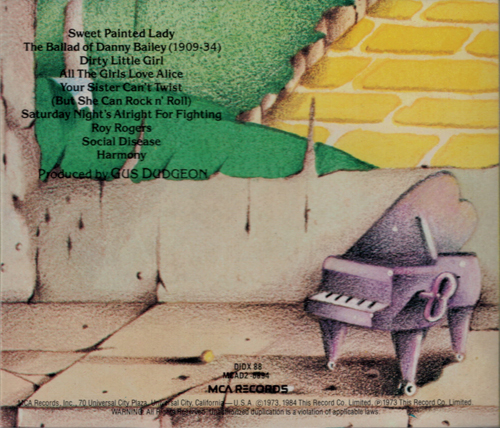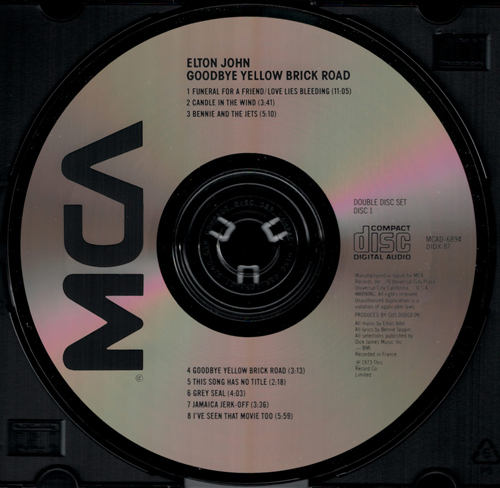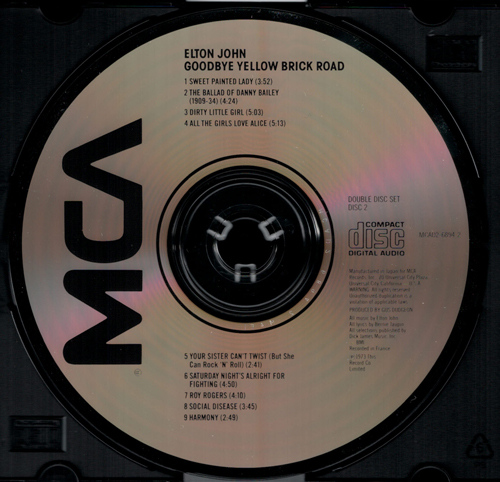purchase Soma COD The Best of Dick James Music Vol. I promotional sampler"> http___www.bigleaguekickball.com_category_press_ soma next day delivery cod The Best of Dick James Music Vol. I promotional sampler
December 26th, 2016
2017 is nearly here. Happy New Year! With this post we will take a look at a unique promotional sampler CD from 1988. It is a compilation of artists signed to Dick James Music, frequently referred to as DJM. The collector of early CDs may best know DJM as the label that released many of the original European Elton John CDs in the ’80s. This promotional disc is titled The Best of Dick James Music Vol. I.
The booklet for this compilation gives a brief history of Dick James Music. Included in this write-up is the following:
“In October 1986, PolyGram International Music Publishing purchased this timeless catalogue. The Best of Dick James Music Vol. I on Compact Disc represents just a few of its many classic songs. Due to the number of legendary copyrights, additional volumes are also planned.”
This promo sampler was released by PolyGram under catalog number SACD 072. (Depsite the catalog number, it is a CD, not a Super Audio CD. Again, it was released in 1988.) Despite the above statement in the booklet, subsequent volumes were never released. So, we are just left with the promotional Vol. I.
This disc is, in the writer’s opinion, a great compilation. It contains 20 tracks with the following artists represented: The Beatles, Pat Benatar, The Fortunes, Crystal Gayle, Gerry & The Pacemakers, Jimi Hendrix, The Hollies, Elton John, Barry Manilow, Al Stewart, and The Troggs. You might be asking yourself, “The Beatles on a multi-artist compilation?” It is uncommon to see the Fab Four on such a disc, so this Dick James Music sampler is certainly noteworthy from that standpoint.
The three Beatles tracks on Vol. I are “Please Please Me”, “Ask Me Why”, and “Don’t Bother Me”. The booklet says the following about their inclusion:
“In 1962, while looking desperately for publishing support for his new Liverpool group The Beatles, manager Brian Epstein approached Dick James with a tape of “Please Please Me” — and history was made. (Note: The Beatles’ three songs represented here make their first appearance anywhere in digitally remastered stereo.)”
The Vol. I disc was pressed in the U.S. at the Philips-DuPont Optical (PDO) plant. We’ve mentioned PDO here before. The original West German pressing plant in Hanover was opened by Philips under the PolyGram banner. It was later renamed Philips-DuPont Optical, which was typically represented as PDO on such West German pressings. As demand for CDs increased, PDO expanded their footprint, most notably in the U.S. and U.K.
Similar to West German PDO pressings, the U.S. pressing of Vol. I has aluminum to the center hole instead of a clear plastic ring. Also bearing resemblance to the Hanover discs, Vol. I has “MADE IN USA BY PDO” stamped on the play side of the disc near the center hole. The disc is dated 1988, and the matrix code is “SACD 072 01 @”. The booklet cover and back insert state “FOR PROMOTIONAL USE ONLY” and “NOT FOR SALE”. These statements do not appear on the disc.
Shown below are the inserts for The Best of Dick James Music Vol. I as well as the CD. This disc is rare in my experience. Given the breadth of the compilation, including the three stereo Beatles tracks, this is an early pressing worth tracking down.
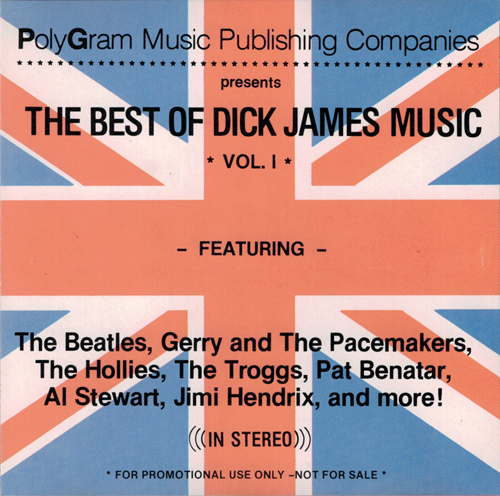
The cover for the promotional sampler, The Best of Dick James Music Vol. I (PolyGram, catalog number SACD 072). As noted along the top, this compilation was released under the banner of PolyGram Music Publishing Companies. It is labeled “FOR PROMOTIONAL USE ONLY” and “NOT FOR SALE” along the bottom.
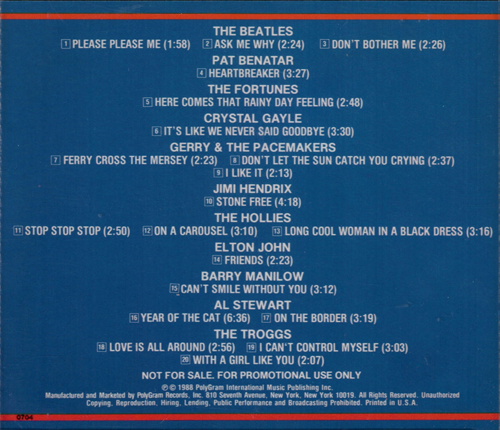
The back insert for the promotional sampler, The Best of Dick James Music Vol. I (PolyGram, catalog number SACD 072). As is common for promotional CDs, there is no barcode. The track list is shown, and promotional language is printed at the bottom. The Phonogram and copyright date of 1988 also appears at the bottom.
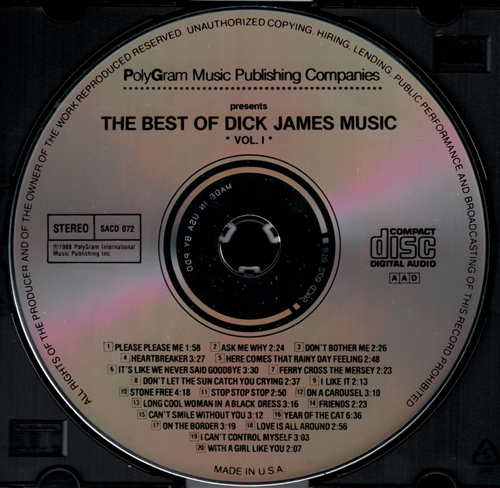
The promotional sampler, The Best of Dick James Music Vol. I (PolyGram, catalog number SACD 072). The disc was pressed in the U.S. by Philips-DuPont Optical, as noted by the text “MADE IN USA BY PDO” stamped on the play side near the center hole. “MADE IN U.S.A.” is also printed on the label side of the disc at 6 o’clock. The matrix code is “SACD 072 01@”.

